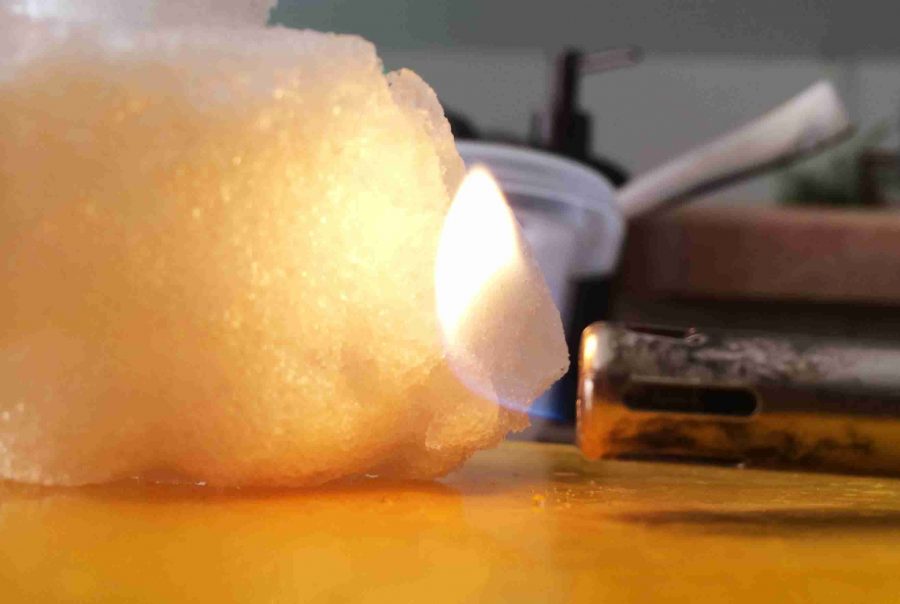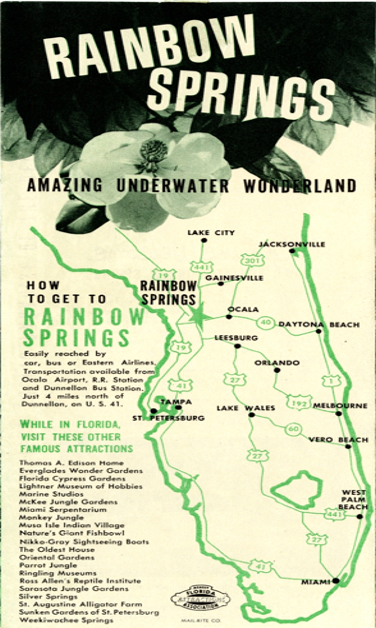Science explains ‘fake snow’
Marianella Zapata Noriega / Valencia Voice
Lighter butane leaves black marks on the snow.
February 6, 2014
Sublimation, or the direct transition of a substance from a solid to a gaseous state without passing through a liquid phase, can explain what occurs to the snow in the now infamous “fake snow” videos.
In these videos people try to show so called “proof” that the snow that has fallen across the United States is fake by using either a blowtorch or a lighter to supposedly melt snow, expecting a puddle of water as a result without taking sublimation under account.
According to the U.S. Geological Survey (USGS) “sublimation is most often used to describe the process of snow and ice changing into water vapor in the air without first melting into water.
“The opposite of sublimation is ‘deposition’, where water vapor changes directly into ice — such as snowflakes and frost.”
Since the Youtube videos alleging to “proof” the government’s use of bioengineered snow started to appear many people in the scientific community have come out to explain sublimation.
Writer, biologist and founder of the website “I [expletive] love science,” Elise Andrews, dedicated a post to the phenomenon on IFLS’s website.
“This isn’t a problem with mystery chemicals, it’s a problem with not understanding chemistry,” wrote Andrews. “Regular snow can sublimate below the freezing point under certain pressure conditions. This typically happens with cold, dry air, like what is found during the winter. Because this winter has been much drier than previous years for the East Coast, sublimation is achieved more easily.”
As for the black marks, these marks are left on the snow, giving appearance of snow burning, by soot from the blowtorch, or lighter, itself.
FYI, if you smell something burning while conduction your own version of the videos is because you are using a blowtorch.
To learn more about sublimation and the water cycle click here.




